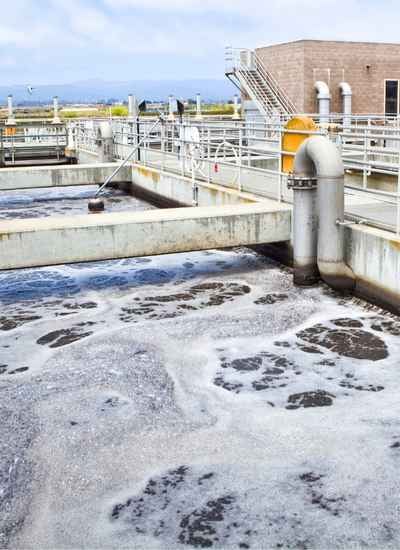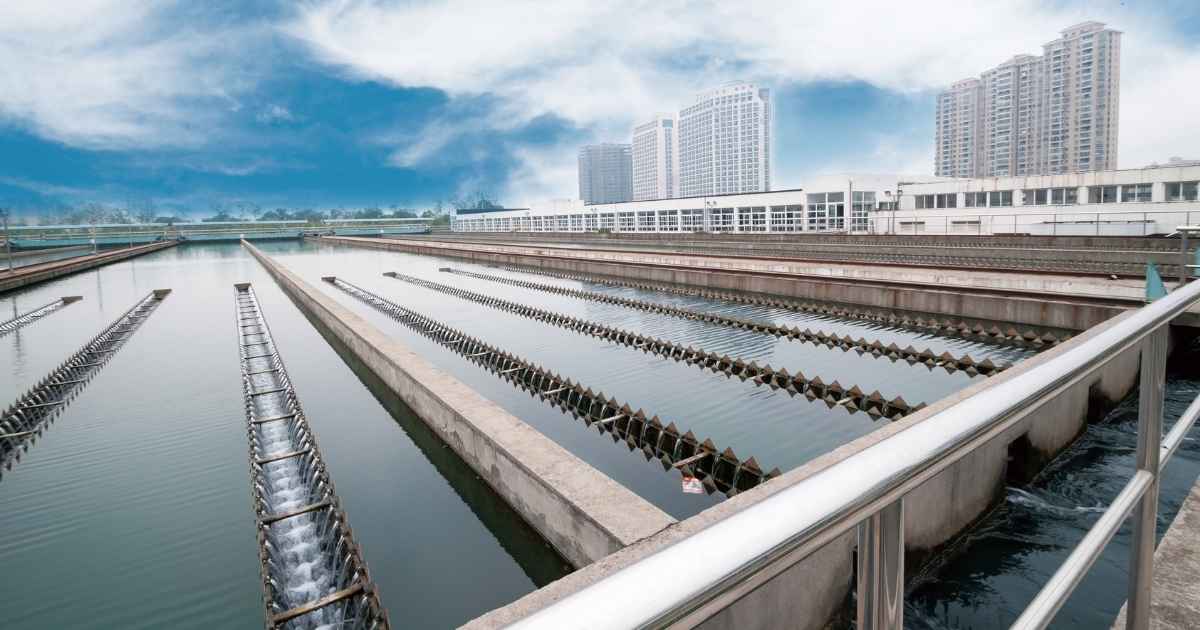When it comes to wastewater operations, having accurate and timely data is essential for efficient decision-making. While humans are capable of collecting and analyzing this data, artificial intelligence (AI) can help take things to the next level.
In today’s ever-changing landscape, wastewater facilities are being forced to adapt and change the way they operate. The pandemic has created a perfect storm of supply chain issues and manpower shortages that have put a strain on these facilities. In response, many facility operators are re-thinking the way they do business.
Thanks to its ability to quickly process large amounts of data, AI can make sense of patterns that would otherwise be difficult for humans to spot. This can help wastewater operators more effectively manage their systems and improve the quality of service they provide.
The Wastewater Industry is in the Midst of a Skilled Labor Gap
One of the most important changes is in the way that wastewater treatment plants are monitored. Historically, the first line of defense has been the professionals who monitor these systems daily.
However, with the increased demands placed on these workers, it is becoming more and more difficult to maintain this level of monitoring.

Operators at small municipalities are asked to wear multiple hats, and staffing levels can be dangerously lean. Often they are the water, wastewater and street departments.
Mid-sized municipalities operate 24/7 but no one is there during the night in case an issue arises.
On top of that, the wastewater industry is in the midst of a skilled labor gap with an aging workforce and few young people coming in to replace them. As baby boomers retire, the lack of qualified workers will become even more pronounced.
Wastewater operators play a critical role in protecting public health and the environment – as wastewater is one area where a mistake can have catastrophic consequences.

As the skilled labor gap continues to widen in the wastewater industry, treatment facilities are increasingly turning to on-premise SCADA, Edge Computing, and Cloud AI systems to help monitor plant operations.
These systems can provide real-time optimization on a variety of critical metrics, including influent wet well levels and flow rates, pump run status and cycle count, blower status, pump runtime hours, flow totalization, pump failures, and power failure and generator status.
These systems provide simple alarm dialers for notifications, which can be a valuable tool in keeping the plant running smoothly.
By constantly monitoring these key operational indicators through platforms like ProcessMiner, treatment plants can reduce downtime, improve efficiencies, and ultimately provide better service to their communities.

Stephen Vasconcellos, Ph.D., ProcessMiner Scientific Advisor
Dr. Vasconcellos earned a B.S. in chemistry from Rensselaer Polytechnic Institute, and M.S. and Ph.D. degrees in physical chemistry from the University of Massachusetts, Amherst.
He was a member of the American Chemical Society, and a division member of Colloid and Surface Science and Environmental Chemistry. He completed the IRI Technology Manager Course at Harvard University and GE’s TLDC in 2016.

